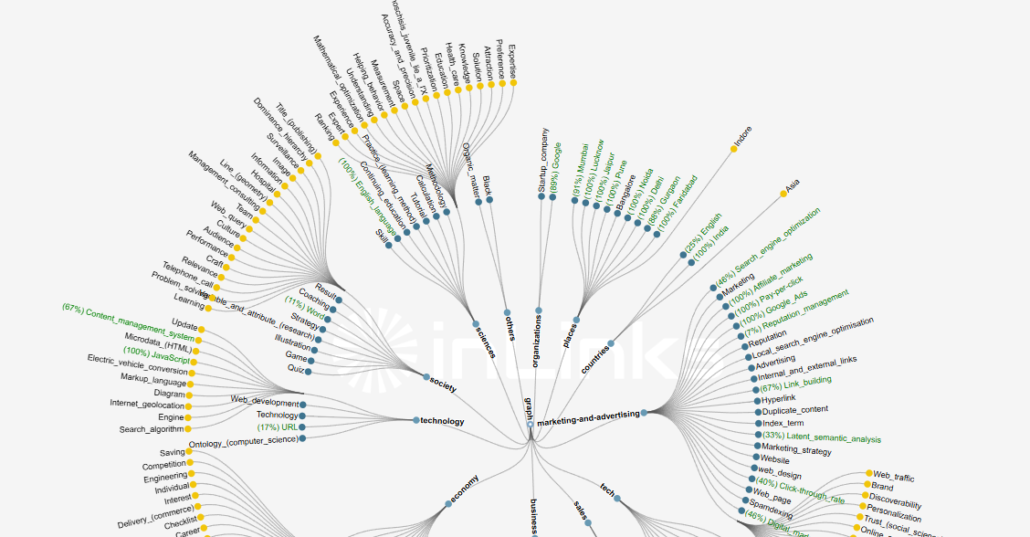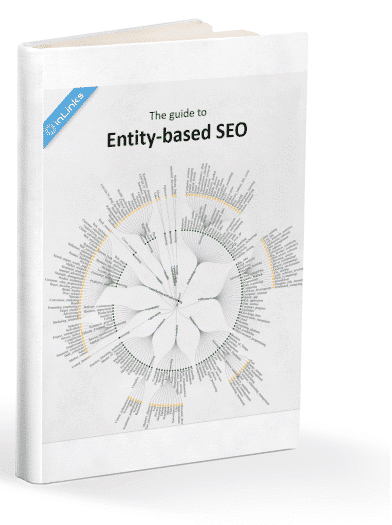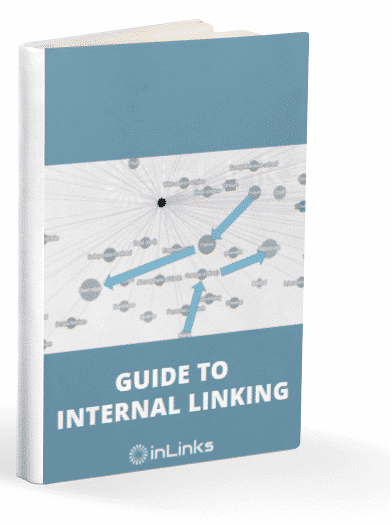Artificial intelligence is rapidly reshaping how we build, analyze, and improve websites. Tools like ChatGPT have revolutionized content creation, ideation, and productivity. However, when it comes to sophisticated SEO strategies, particularly entity-based internal linking, ChatGPT has limitations. One platform that fills this gap with surgical precision is InLinks.
In this article, we’ll explore what InLinks can do that ChatGPT simply cannot, especially in the context of internal linking, entity recognition, and semantic relevance.
InLinks Creates Internal Links (ChatGPT cannot)
While ChatGPT excels at generating text and recommending where links could go in a hypothetical sense, it cannot actually build internal links within a live website. It lacks direct integration with your site’s architecture and has no visibility into existing URL structures or contextual priorities.
By contrast, InLinks automates internal linking based on a live understanding of your site’s structure. It crawls your site, identifies content gaps and opportunities, and then inserts contextual links automatically—not just suggesting them, but deploying them through its Javascript integration. These links are designed to reinforce semantic relationships and support SEO goals.
InLinks doesn’t just recommend links—it implements them.
InLinks builds a site-specific knowledge graph
Another key difference lies in the approach to understanding and modeling content. ChatGPT is a general-purpose LLM trained on a massive corpus of data. It’s brilliant at summarizing, paraphrasing, and generating natural language. However, it doesn’t build a custom knowledge graph for your website.
InLinks, on the other hand, uses its proprietary Natural Language Processing (NLP) engine to build an entity-based knowledge graph tailored to your content. As it crawls your site, it identifies entities—people, places, organizations, concepts—and maps them in a structured format.

This knowledge graph is then used as the foundation for:
- Internal linking recommendations
- Content gap analysis
- Semantic schema creation (automatically generated)
By doing so, InLinks ensures your content is optimized not just for keywords, but for the semantic relationships that search engines like Google increasingly prioritize.
ChatGPT understands entities in text. InLinks maps them across your entire site.
InLinks creates internal links using synonyms and semantic variations
One of the most intelligent aspects of InLinks’ internal linking system is its ability to use varied anchor texts. Instead of repeating the same keyword over and over—which can appear spammy or trigger over-optimization penalties—InLinks dynamically selects synonyms and semantically related terms when creating internal links.
For example, if your target entity is “project management,” InLinks may create internal links with anchors like:
- Project management tool
- Project manager
- Managing a project
This level of anchor text diversity is not only SEO-smart but also improves user experience by making the internal links feel natural and non-repetitive.
ChatGPT, while capable of suggesting synonyms, cannot automatically vary anchor text within an internal linking framework at scale across a site. It would require manual instruction and still wouldn’t have the structural knowledge of which URLs deserve links and from where.
InLinks manages link placement and anchor text diversity programmatically.
InLinks understands link targets in context
When creating internal links, relevance is everything. Simply linking for the sake of SEO is ineffective unless the destination page is contextually aligned with the anchor text and source content.
InLinks uses contextual NLP to understand where a link should go—at the paragraph level. It identifies which section of a page mentions a relevant entity and inserts a contextual link there, not just anywhere.
ChatGPT might be able to suggest “you could link this word,” but it has no awareness of:
- Which pages already exist on your site
- Which ones should be strengthened for SEO
- Which paragraphs are most appropriate for inserting links
InLinks links entities to URLs with page-level and paragraph-level precision.
Complementary, not competitive
ChatGPT and InLinks serve different but complementary purposes:
- Use ChatGPT to brainstorm, draft, rewrite, and research.
- Use InLinks to structure, optimize, and link content with precision and scale.
If you’re serious about building semantic authority, distributing link equity intelligently, and helping search engines truly understand your site’s expertise, InLinks fills a gap that ChatGPT simply cannot.





Leave a Reply
Want to join the discussion?Feel free to contribute!